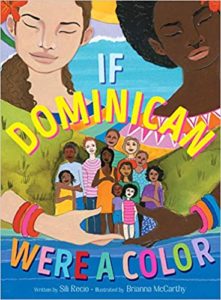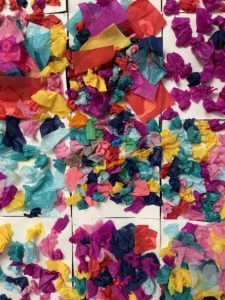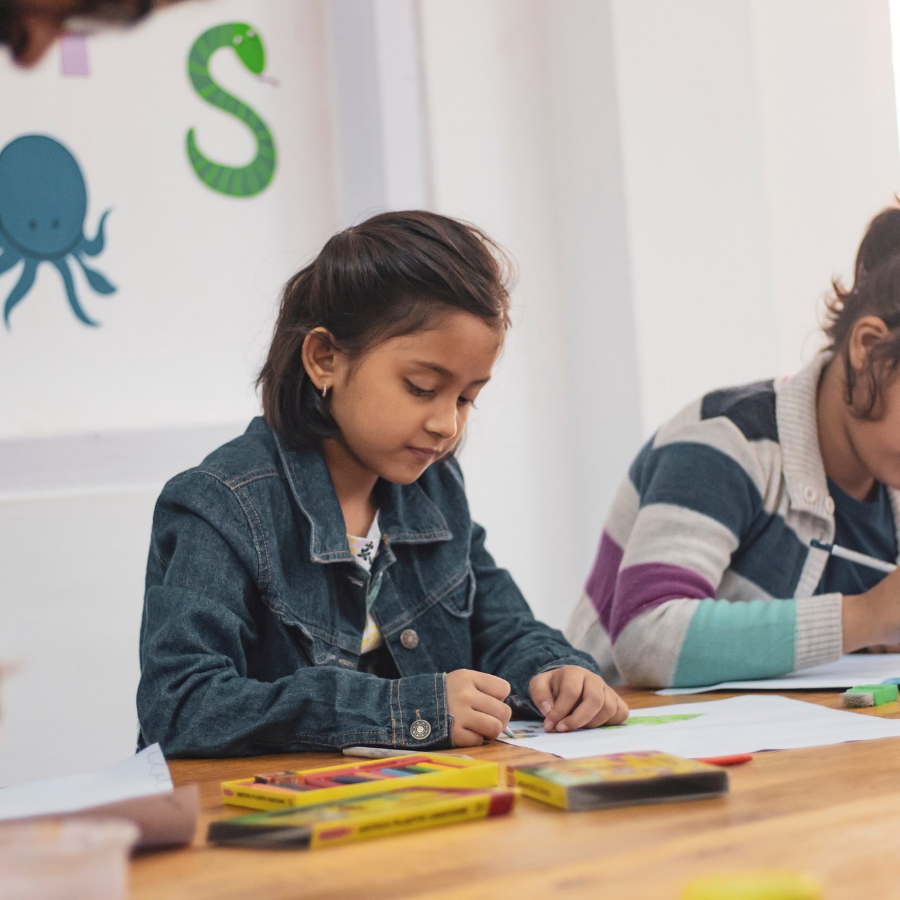Some Background
There are many ways to celebrate Latinx Heritage Month which runs from September 15 to October 15, including supporting Latinx owned businesses and learning about various Latinx people who have made history. With this in mind, it is also crucial to learn about the Latinx innovators and creators of the present, those who are making history each and every day, and I’ve created a lesson plan to do just that.
I am a white woman who teaches in a kindergarten Spanish immersion classroom to a class of 50% native Spanish speakers and typically 50% native English speakers. As a white woman, it is my duty to make sure that all of my students are represented in our lessons so that they can understand their value and importance in this world. One of the ways that I hope to show my students their significance in our classroom community and the community they live in is by sharing lessons that give voice to and uplift the work that diverse trailblazers are doing throughout the school year.
Although I feel it is significant to discuss Latinx voices and the work that Latinx people do during Latinx Heritage Month, I also find great worth in teaching my students about these groundbreakers throughout the year so that they understand that they are worthy 365 days a year for their whole lifetime. Considering all of this, I wanted to share a lesson that I did with my students in late October to share about the incredible work of a Dominican-American artist and how they are serving as a catalyst for conversations about gender and the roles of women in Latinx communities.
The Artist
For this lesson, I focussed my teaching around Dominican-American artist Gina Goico, who uses she and they pronouns (ella/elle). Gina Goico was born in 1989 in the Dominican Republic, but now lives in the Bronx, New York City, where they are using their childhood experiences and life as a Dominican person to influence her works of art. One of the most influential pieces that Gina Goico has done are Dominican Pellizas, which are strips of fabric woven through netting to create a carpet. However, Gina creates these rugs into beautiful works of art by inviting the community to take part in the weaving of the pelliza and then documenting the conversations that are had while hard at work. Gina then showcases their work through the use of video recordings, maps, audio recordings, or drawings to share alongside the finished pelliza.
Gina Goico is an incredible artist who seeks to discuss the role of women and also the role of gender specifically in the Caribbean through their art.
The Lesson
This lesson was created for a classroom of Kindergarteners in Spanish, however, it can be adapted for different age levels and class types. With this in mind, I believe this lesson and the art project that aligns, would be most successful with elementary aged students.

To begin, read the book If Dominican Were a Color by Sili Rocio. This book shares the beauty of Dominican culture through rich colors and analogies. What I find even more beautiful, is that this book is available in Spanish as Si Quisqueya fuera un color. Finding quality picture books in Spanish can be a difficult feat, but books like Rocio’s make the search even more worth it.
Remember that although picture books are originally intended for young readers, that they can be just as effective if not more of a catalyst for conversations with older readers, such as middle school or high school aged students.
After reading the book, I introduced Gina Goico to my students through a quick four slide presentation that presents some of the information I gathered from my research about their background and inspiration for creating art. I find that including pictures of the artist and their works make a person more “real” for younger learners.
The Art Project

After presenting my students with information about Gina Goico and their Dominican Pellizas, I modeled for my students the art activity we would be doing to create our own.
Materials-
- 4″ by 4″ white cardstock squares
- Tissue paper squares- I used 1″ by 1″ squares that were precut
- Liquid glue
- Pencil
Typically with kindergarteners, I have to model each step very carefully so that my students are able to work independently with little frustration, however, with this project, I found that the more autonomy that I gave students, the more creative the results.
The main idea of the project is that students will crumple up the colored tissue squares and glue them with a dot of liquid glue to the white cardstock square. Students should do this until their square is full.
Allow the tissue paper filled cardstock to dry and then hang all of your students squares together on the wall to create your own classroom pelliza.
The more that students converse while doing their art, the more authentic the work! I found that my students loved to talk about the colors they were using while also practicing some of their fine motor skills.
Please let me know if you try this lesson with your students! Have a great time teaching Latinx Heritage all year round!


